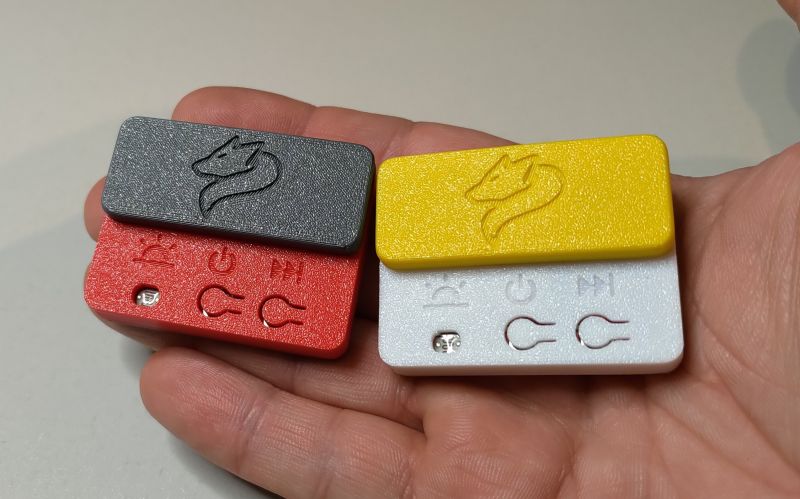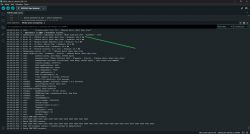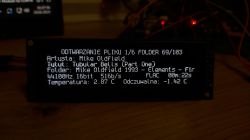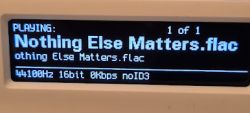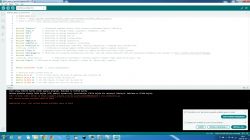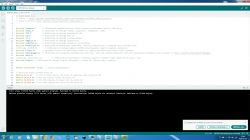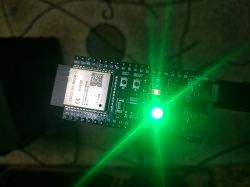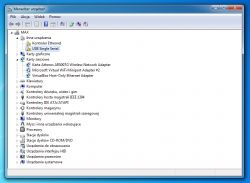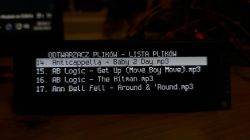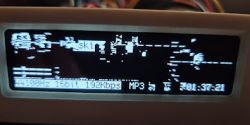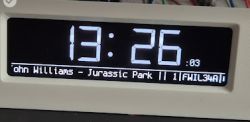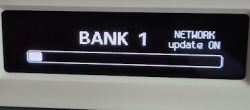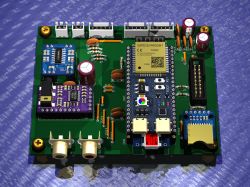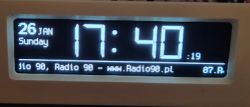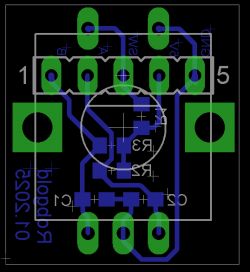Gentlemen I have been wggling in turn
Arduono 2.11 - the last one that works with Win7 64b - so I read
For this I installed ESP-IDF
And the ESP-S3 3.11 board in the Arduino board manager
After trying to compile the latest version 3.14 I get this log
C:UsersHDDocumentsArduinolibrariesSDsrc_diskio.cpp: In function 'bool sdcard_mount(uint8_t, const char*, uint8_t, bool)':
416 | #define FM_ANY 0x07
| ^~~~
| |
| int
C:C:C:C:C:C:C:C:C:C:793:31: note: in expansion of macro 'FM_ANY'
793 | res = f_mkfs(drv, FM_ANY, 0, work, sizeof(work));
| ^~~~~~
C:³³³³³³³³.cpp:793:42: error: invalid conversion from 'BYTE*' {aka 'unsigned char*'} to 'UINT' {aka 'unsigned int'} [-fpermissive].
793 | res = f_mkfs(drv, FM_ANY, 0, work, sizeof(work));
| ^~~~
| |
| BYTE* {aka unsigned char*}
C

C:C:C:C:C:793:25: error: too many arguments to function 'FRESULT f_mkfs(const TCHAR*, const MKFS_PARM*, void*, UINT)'.
793 | res = f_mkfs(drv, FM_ANY, 0, work, sizeof(work));
| ~~~~~~^~~~~~~~~~~~~~~~~~~~~~~~~~~~~~~~~~~~
C:³³³³AppDataLocalArduino15-arduino-libs-release_v5.3-cfea4f7c-v1-libs-release_v5.3-cfea4f7c-v1-libs-release_v5.3/include/fatfs/src/ff.h:339:9: note: declared here
339 | FRESULT f_mkfs (const TCHAR* path, const MKFS_PARM* opt, void* work, UINT len); /* Create a FAT volume */.
| ^~~~~~
Found multiple libraries in "HTTPClient.h"
Used: C:³³³³³³³³{Arduino}HTTPClient
Unused: C:UsersHDAppDataLocalArduino15packages3.1.1librariesHTTPClient
Multiple libraries found in "FS.h"
Used:
Unused: C:UsersHDAppDataLocalArduino15packages3.1.1librariesFS.
Multiple libraries found in "Ticker.h"
Used:
Unused: C:UsersHDAppDataLocalArduino15packages3.1.1librariesTicker
Multiple libraries found in "SD.h"
Used:
Unused: C:UsersHDAppDataLocalArduino15packages3.1.1librariesSD.
Multiple libraries found in "SPI.h"
Used:
Unused: C:UsersHDAppDataLocalArduino15packages3.1.1librariesSPI
exit status 1
Compilation error: exit status 1
Something I probably have uninstalled - I uploaded the libraries to the Aruino Libraries document catacog
Please help me to compile.
I do not have a computer with a newer system
Greetings ...



